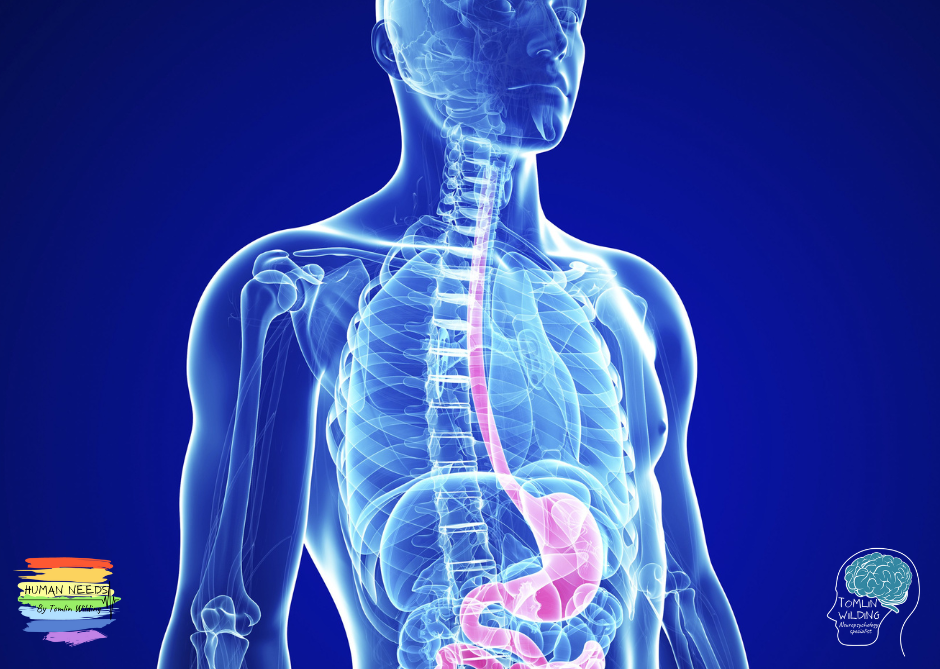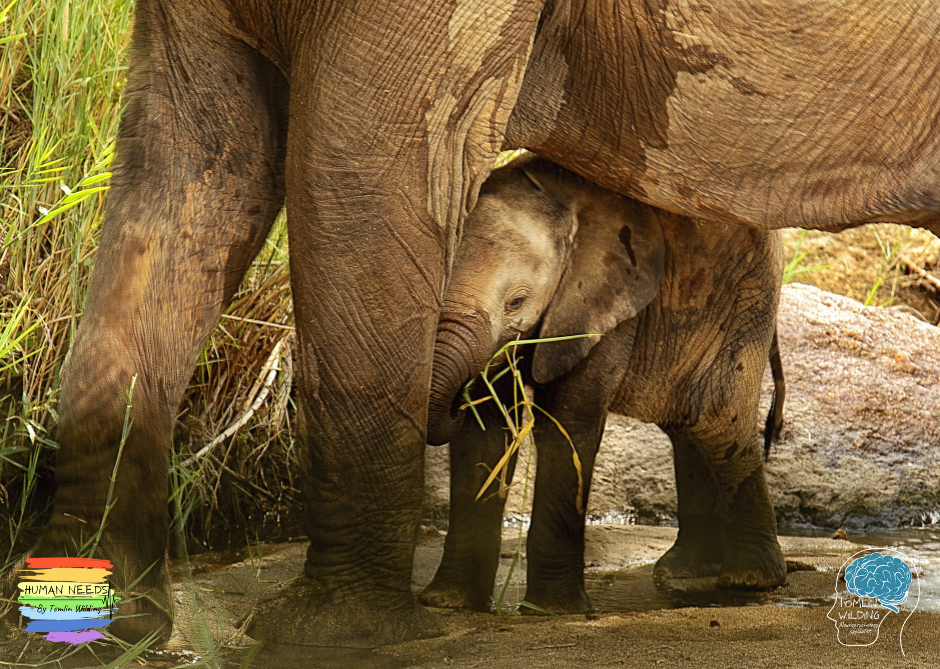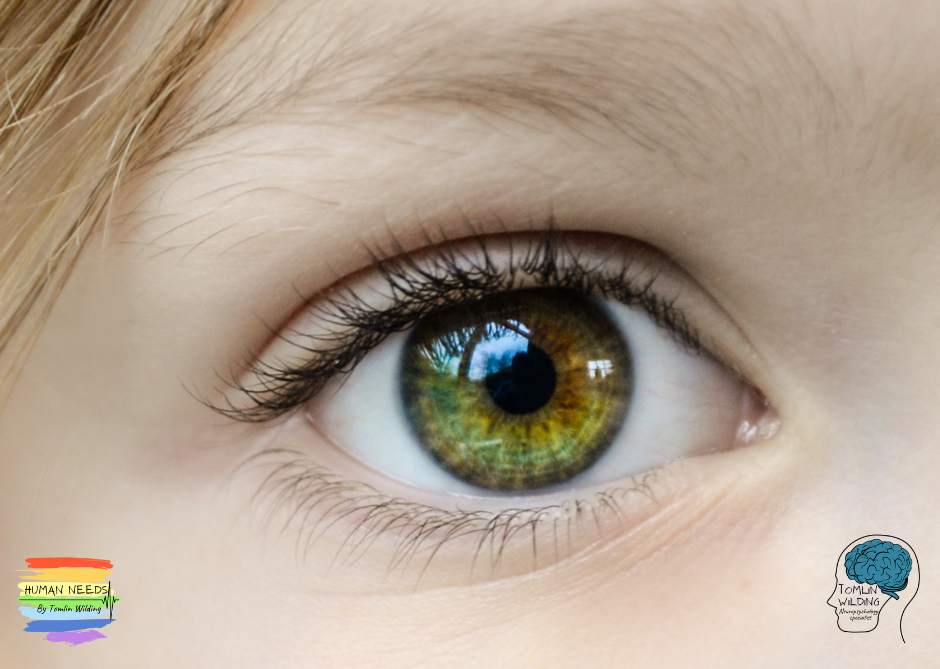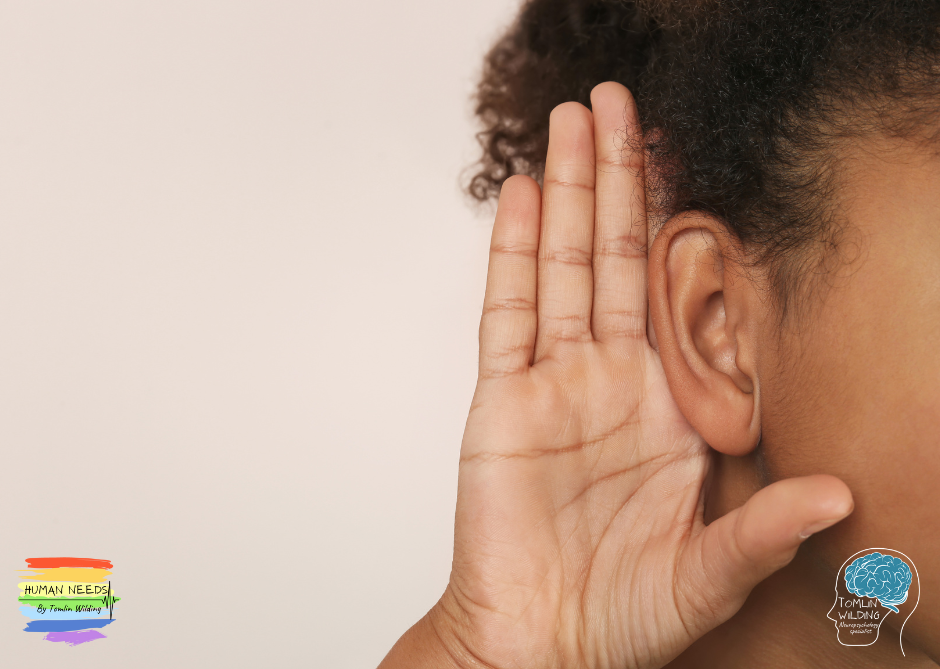
Regulating the protection need
When we are talking about balancing one of our psychological needs, we mean that it is essential that we are ensuring our need for protection is met enough, but understanding that too much protection in any
Home » Archives for Tomlin Wilding

When we are talking about balancing one of our psychological needs, we mean that it is essential that we are ensuring our need for protection is met enough, but understanding that too much protection in any

The need for protection has been identified by understanding our neurological make-up coupled with our behaviour and how our brains have evolved as a species. To understand why we are wired for protection, and how protection

This article outlines a brief overview of my new neuropsychological theory of human needs. The Wilding theory has been derived from empirical research of human behaviour over the last 10 years, through analysis of recent neuro-scientific

Sensory regulation is the ability to balance the input of stimulation and information from the environment and our bodies. In this article I will provide an overview of the eight recognised senses and their regulation.

Emotions serve as a messaging system in our nervous system, providing a feedback loop that helps us to meet our needs and to learn how to better meet our needs in the future. In this article

The sensory system is made up of our sensory organs, sensory receptors, our nervous systems and areas of the brain that receive and interpret information from our environment and our own bodies.

Our fundamental wiring makes us act in many ways that protect the safety and wellbeing of ourselves and our community. Protection is the psychological driver that assists us in producing behaviours and working long-term to meet

The olfactory sense is commonly known as the sense of smell, the olfactory system interprets scent and odour from our environment, and contributes to the perception of taste.

The visual sense is commonly known as the sense of sight. The human visual system interprets visible (to our species) light from our environment. Our brain interprets this light as images and processes these to understand

The auditory sense is commonly known as the sense of hearing. The auditory system interprets sounds from our environment. Sound waves and vibrations pass through the air, and sometimes through object vibration, and are detected by